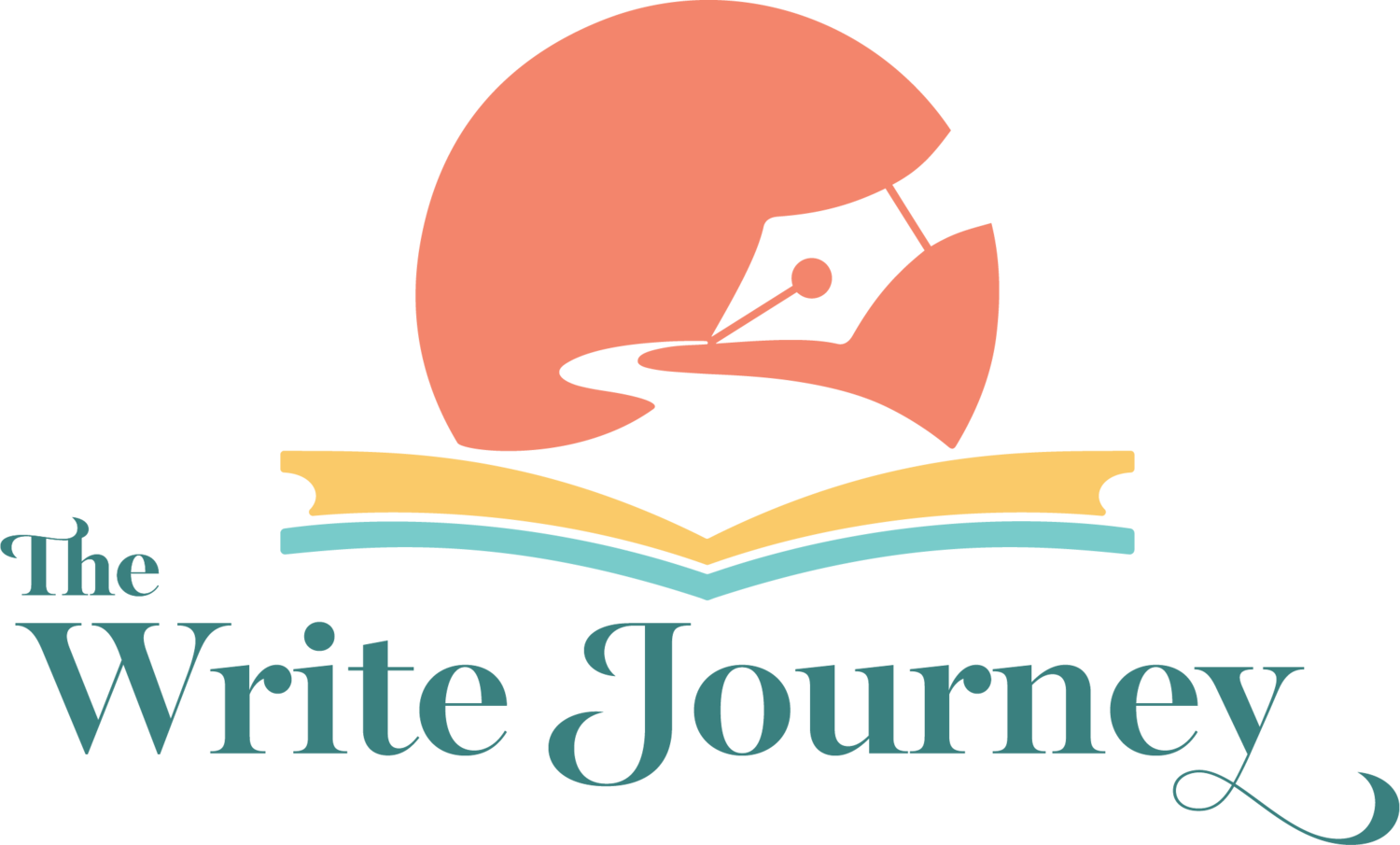November always begins with a whirlwind and flurry of activity for me. Plans and good intentions fall to the reality that my commitment plate is full, which means my energy tank feels depleted. However, one sure-fire way to bring a healthy perspective back into focus in my life involves a great conversation with friends or family about my MANY blessings. Two weeks ago, my daughter and I had the privilege of attending the opening night of our local symphony orchestra in our new hometown of Charleston, WV. My all-time favorite symphony, Scherezade, was on the playbill. Both of us had tears streaming down our faces at the sheer beauty of the music artfully and masterfully played. However, my most cherished memory comes out of the conversation of my daughter’s awe and wonder that we would be so blessed to be able to attend the event, sitting in the presence of such skillful musicians. I must admit, I had missed the magnitude of the blessing until that moment. I vowed to pay better attention right then.
I know I could write pages about my needs, struggles, or complaints. But I could write VOLUMES about my blessings. My life overflows with the blessings of living in this nation and sharing life with my family and friends. In particular, I often reflect on the blessing of a quality education. Do you know the difference between a first world country and a third world country? Education. The main question is: Can the majority of a nation’s citizens afford to purchase a book that they have the education to read? WOW!
A book. I have shelves and shelves. So many in fact that my cross-country move involved the calculation of multiple boxes of books, and the reality that leaving many behind meant re-purchasing later. Perhaps you have vast amounts of books as well. In every story I read, I find specific instances to feel grateful. If the main character has a serious conflict, I may feel grateful that I don’t have the same problems. If I read a happy conclusion in a story, I think about the joyful ways some of my experiences turned out.
How can we practice an attitude of gratitude with reading? We can be intentional. We can decide to look for opportunities to notice the blessings. As you read together this month, you might want to answer a few questions centered around a thankful heart. Here are some examples:
What happened in the story that you are glad you didn’t have to experience?
What blessings did the character have in his/her life? Can you relate?
What about that story/article makes you feel thankful?
Additionally, your family can practice creating your own gratitude literature . . . establishing a rhythm of noticing the blessings. Here are some ideas:
Write thank you notes to family members.
Make a gratitude tree, where each leaf lists something for which a person feels grateful.
Write simple poetry expressing thankfulness.
Sit over a warm beverage, recalling your fondest memories of each family
member, including those present and those who have passed.
Create a journal of gratitude.
Fill a “gratefulness jar” with slips of paper containing your cherished blessings.
This month, I pray your family has fun expressing joy and thankfulness, and truly experiencing a heart of gratitude.
Written by: Julie Snyder




